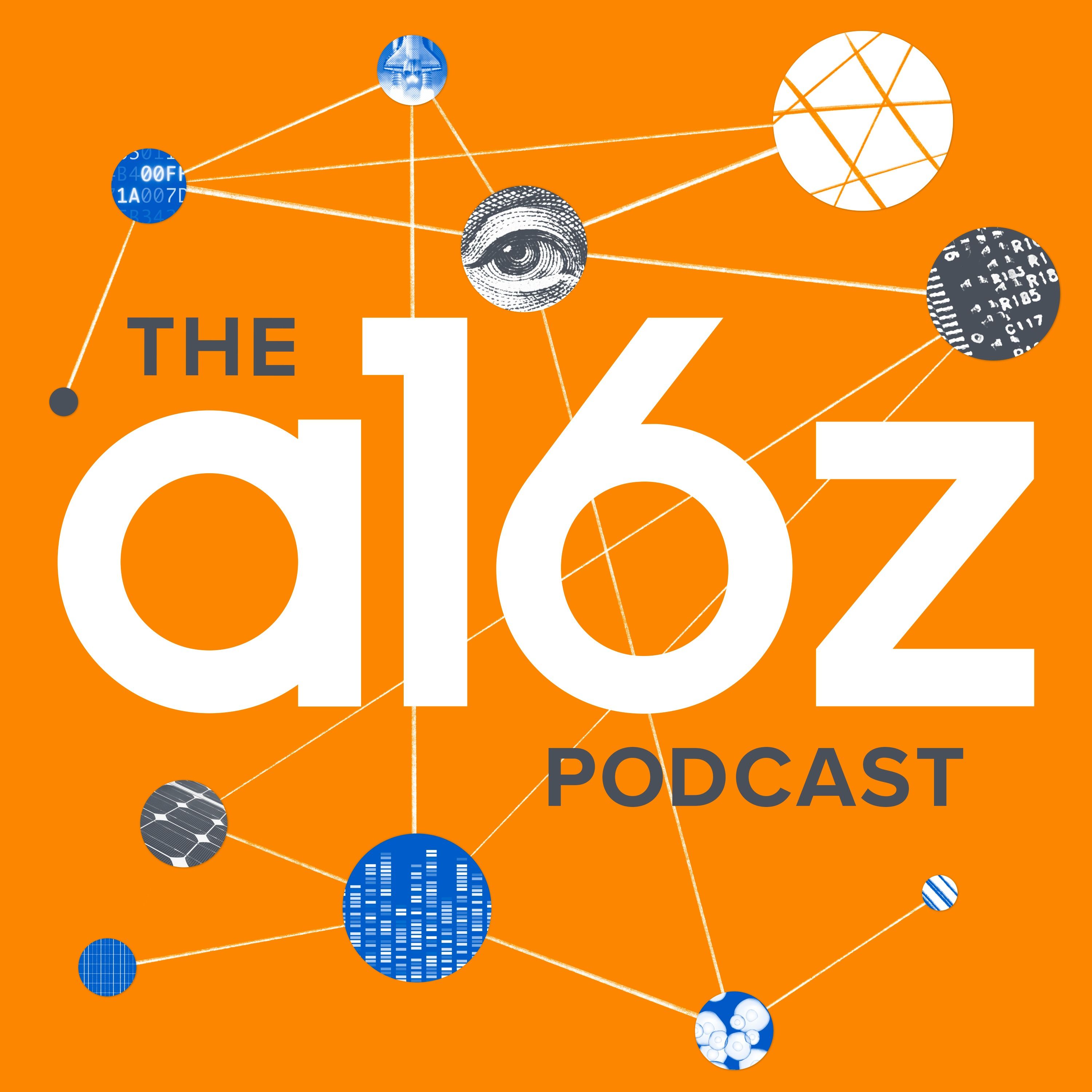- Technology
- SEE MORE
- classical
- general
- talk
- News
- Family
- Bürgerfunk
- pop
- Islam
- soul
- jazz
- Comedy
- humor
- wissenschaft
- opera
- baroque
- gesellschaft
- theater
- Local
- alternative
- electro
- rock
- rap
- lifestyle
- Music
- como
- RNE
- ballads
- greek
- Buddhism
- deportes
- christian
- piano
- djs
- Dance
- dutch
- flamenco
- social
- hope
- christian rock
- academia
- afrique
- Business
- musique
- ελληνική-μουσική
- religion
- World radio
- Zarzuela
- travel
- World
- NFL
- media
- Art
- public
- Sports
- Gospel
- st.
- baptist
- Leisure
- Kids & Family
- musical
- club
- Culture
- Health & Fitness
- True Crime
- Fiction
- children
- Society & Culture
- TV & Film
- gold
- kunst
- música
- gay
- Natural
- a
- francais
- bach
- economics
- kultur
- evangelical
- tech
- Opinion
- Government
- gaming
- College
- technik
- History
- Jesus
- Health
- movies
- radio
- services
- Church
- podcast
- Education
- international
- Transportation
- Other
- kids
- podcasts
- philadelphia
- Noticias
- love
- sport
- Salud
- film
- and
- 4chan
- Disco
- Stories
- fashion
- Arts
- interviews
- hardstyle
- entertainment
- humour
- medieval
- literature
- alma
- Cultura
- video
- TV
- Science
- en
Crypto Creators: On Art Galleries to 'Tokenized' Collectibles

b'This episode features Q&As with two artists who are exploring crypto-powered auction sites and marketplaces \\u2013 this is part of our ongoing series on the creator economy. The big picture is that emerging "tokenization" models, especially non-fungible tokens, or NFTs, are creating new ways for collectors and investors to buy, sell, and trade digital art. More broadly, these innovations open the door to the tokenization of any products or collectibles that can be captured and owned digitally.\\xa0\\n\\nMarketplaces powered by NFTs open up new revenue streams for creators, because anytime digital work is resold or their tokens traded on these platforms, no matter how many times, the creator gets a percentage of those secondary sales. It\'s all transparent and governed by code on the blockchain, and it\\u2019s a big shift in creator economies.\\n\\nOur first guest is one of the biggest names in crypto art, and one of the most mysterious. Murat Pak is the artist and industrial designer who created the AI-powered image sharing site Archillect. Pak has made it a policy to separate their personal identity from their online work, and prefers to keep their quote-unquote real identity hidden, so we conducted this interview by email and converted Pak\\u2019s answers to audio using text-to-speech software. As Pak has expressed in other interviews, it\'s really the work that matters. And we do know a lot about the work, Pak has sold more than 60 pieces of digital art this year on the\\xa0auction site\\xa0SuperRare, for more than $350,000. And that\\u2019s just one of the several platforms on which Pak\\u2019s work is sold.\\xa0\\n\\nIn this Q&A, Pak talks with a16z\'s Zoran Basich about NFTs. These "non-fungible tokens" are unique assets that are not interchangeable. Dollar bills are fungible \\u2014 each dollar bill is worth exactly the same as every other one. But works of art, for example, or any collectible, can be non-fungible \\u2014 their value varies based on the market for that particular asset. With crypto, these assets carry digital ownership rights that can be easily exchanged. We start by discussing the whole concept of digital art, and why anyone would pay for something that (seemingly) can be easily copied.\\n\\nOur second interview is with Signe Pierce, a visual, digital, and performance artist whose work has appeared in major galleries in Paris, Los Angeles, and New York. She\\u2019s currently featuring her artwork on the creator marketplace Foundation. On that site, in addition to auction-style NFT markets, the price of tokens associated with individual works of art is something like you\\u2019d see on a stock\\xa0market \\u2013 the pricing is real-time, and dynamic and fluctuates according to demand by buyers, who might be investors, collectors, or fans. Signe discusses why she went from working exclusively with galleries to trying crypto marketplaces, how this move affects her work and her business, and how crypto could change the way she engages with her fans. She also offers advice for creators interested in getting into the world of crypto. She starts off by talking about how social media popularity several years ago opened her eyes to the idea of new monetization models for creators.'